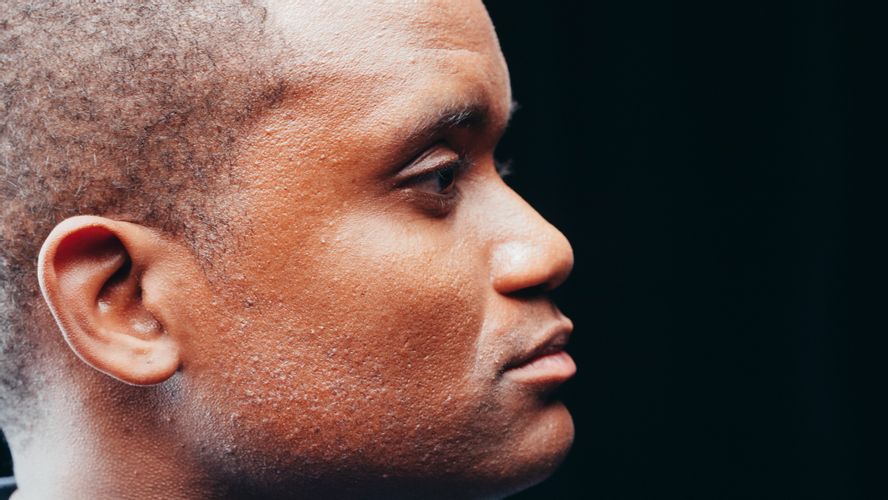Craniosacral Therapy for Multiple Sclerosis (MS)
If you live with MS, craniosacral therapy can be a beneficial therapy for alleviating and managing its symptoms. In this article, we are going to explore just how craniosacral therapy can help if you live with MS, how many sessions are recommended, and what you might expect to pay.
Craniosacral Therapy for Multiple Sclerosis (MS)
In MS, the body attacks the myelin that covers the nerve endings causing miscommunication between the brain and the rest of your body. MS symptoms vary from one individual to the other. Here is a list of some of the symptoms that are often associated with MS:
- Numbness of certain parts of the body
- Tremors and lack of coordination
- Vision problems such as blurriness
- Pain in certain parts of the body
- Challenges with bowel movements
- Bladder issues
- Challenges with sexual function
Craniosacral therapy can be helpful in reducing symptoms by removing blockages in the cerebrospinal fluid and membranes that surround and protect the spinal cord and brain. It also does this by realigning any bones in the skull structure that exhibit the slightest changes in alignment.
How Effective is Craniosacral Therapy for MS?
Overall, there isn't much research that has been done specifically targeting MS.
The evidence so far shows that CST is effective in helping alleviate some of the symptoms of MS.
Craniosacral therapy has also been found to be an effective means of treating urinary tract symptoms, such as inability to empty the bladder completely. A study was done to examine whether craniosacral therapy improves lower urinary tract symptoms of multiple sclerosis (MS) patients. found craniosacral therapy to be an effective means for treating lower urinary tract symptoms and improving quality of life in MS patients.
Another MS symptom where craniosacral therapy can be beneficial is a pain. For information on how craniosacral therapy can be helpful in managing pain levels read:Craniosacral Therapy for Pain.
Effectiveness of Craniosacral Therapy on Lesions of the Spinal Cord and Brain
In MS, symptoms depend on which area of the brain or the spinal cord develops MS lesions. For example, if the optic nerve is involved, this nerve may develop a lesion causing blurry vision.
In CST, a process called "Arcing" allows practitioners to find areas with active lesions. The practitioner must sense the waves of interference created by a lesion and trace it to their core site where the lesion will be found. Once the site has been discovered, the practitioner will try to restore mobility to the affected tissue, body and energy fields.
There is a need to have more clinical research conducted in order to fully understand if CST does, indeed, help with MS. So far, research seems to target specific symptoms of MS, and its success has been varied.
How Many Sessions are Recommended?
The number of sessions required to achieve desired results depends on two main aspects:
- Symptom severity
- Individual response to treatment
On average three to ten sessions may be needed. However, you may find that you need more or less number of sessions. Many people often also find that once they have achieved progress in managing their symptoms, they continue to schedule and receive sessions for maintenance.This is done in order to keep up the state achieved through a person's initial treatment plan.
In addition, when seeking to understand how many sessions of craniosacral therapy may be best for treating your MS symptoms, communicating with your craniosacral therapy practitioner is always a good idea.
What Will Craniosacral Therapy cost for MS?
If you choose to use craniosacral therapy for managing your MS symptoms, it is important to know that the rates per session vary from city to city throughout the country.
The average price per session for in the United States is $70-$170. Many practitioners offer packages and discounts. This can help make the treatments be more affordable. So, be sure to ask if your craniosacral therapy practitioner offers anything.
For more information, read:How Much Does Craniosacral Therapy Cost?
MS and Multiple Therapies
According to one study, it is advisable not to excessively focus on a single therapy for MS that could in the long term prove to be unhealthy.
The study argues that the focus on one therapy could deter you from making necessary lifestyle changes that could significantly affect your life and MS. Incorporating multiple therapies and lifestyle changes often creates the best habits for optimized, healthy living, You may also find the following therapies helpful:
- Acupuncture
- Hypnotherapy
- Diet
- Exercise
- Meditation
- Yoga
- Tai Chi
References
Bowling, A. C. (2014). Optimal Health with Multiple Sclerosis. New York: Demos Medical Publishing. Retrieved April 26, from https://pdfs.semanticscholar.org/1f3c/96da15062716f7b9f7088c80f077a80697c3.pdf.
Costantino, C. M., Baecher-Allan, C., & Hafler, D. A. (2008). Multiple sclerosis and regulatory T cells. Journal of clinical immunology, 28(6), 697-706. doi:10.1007/s10875-008-9236-x. Retrieved April 26, 2019 from https://www.ncbi.nlm.nih.gov/pmc/articles/PMC2752287/
Gill, R., Shai, S., Dalia, N., & Anat, A. (2009). Effect of craniosacral therapy on lower urinary tract signs and symptoms in multiple sclerosis. Complementary Therapies in Clinical Practice, 72-75. Retrieved April 26, 2019, from, https://www.ncbi.nlm.nih.gov/pubmed/19341983





















